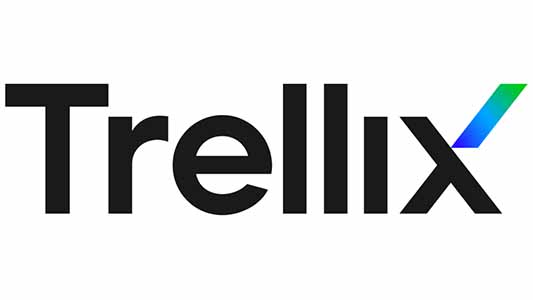Introduction
Phishing is the malevolent practise of pretending to be a reliable entity in electronic communication to steal sensitive data, such as login credentials or credit card numbers. Email is a popular platform for phishing attacks due to how easy it is for bad actors to execute an email phishing campaign. HTML (Hypertext Markup Language) files are one of the most common attachments used in such attacks, as HTML attachments can bypass some email security filters and are often seen as less suspicious than other types of file attachments, such as executable files.
HTML attachments may contain links that redirect users to phishing pages, or download malware, or steal login credentials through phishing forms. To avoid detection by security products, attackers use techniques such as redirecting users to multiple malicious websites, obfuscating the code, and encoding sensitive information using methods such as the “unescape()” function. And we see this trend of reliance on HTML files for phishing attacks continuing to surge in 2023.
Trellix Advanced Research Center has been actively monitoring phishing campaigns employing HTML attachments with a Microsoft theme thanks to telemetry available in Trellix Email Security. Starting in the middle of 2022, we observed a surge in this campaign using HTML attachments to target and steal login information from numerous users worldwide. On comparing the telemetry available for Q4-2022 and Q1-2023, we see a rapid increase of over 1030% across multiple industries, with high-tech, manufacturing, and healthcare sectors being the main targets. Notably, the United States, South Korea, and Germany have been identified as the primary countries being targeted by such campaigns.
This blog will take a closer look at the inner-workings of these attacks and how the attackers are regularly updating the HTML file with different obfuscation techniques to bypass security products.
Phishing Samples from the Wild
As noted, the Trellix Advanced Research Center has tracked various HTML attachment campaigns since last year. The following are just a handful of the samples our team found in the wild:
Sample 1
The email is a fake DocuSign request asking the victim to eSign the attached HTML attachment which on execution leads to phishing page.
Sample 2
The email contains a nested email attachment which has the malicious HTML file attached.
Sample 3
Email is pretending to be from the Human Resources department and contains an HTML file disguised as an updated Employee Benefits Policy.
Sample 4
This email has the HTML attachment pretending to be the meeting review document.
Sample 5
The email is a fake conference call update with an HTML attachment impersonated as a voicemail.
Sample 6
Email includes a malicious HTML attachment disguised as a legitimate eFax message.
For Full read please click












